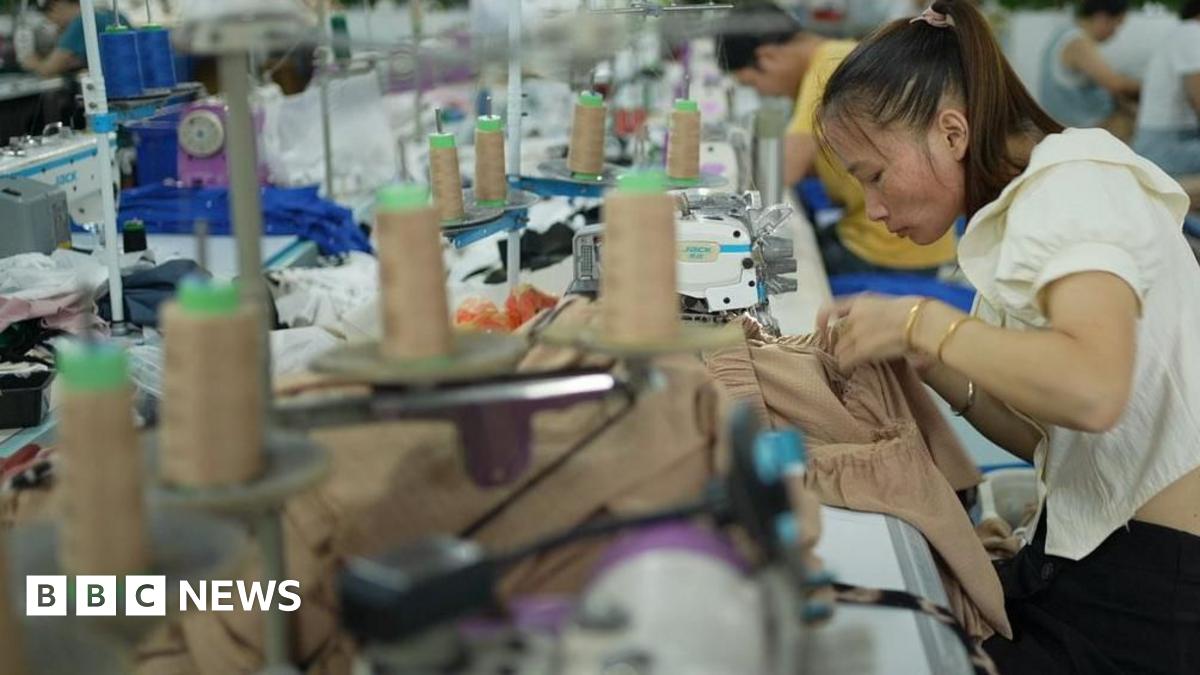During the first half of the year, job applications around the world spiked 30% to 133 million, while the number of job requisitions fell 15% during the same period, according to a report released this week by Workday. That means many employers are enjoying a bountiful candidate pool. However, experts caution HR and recruiting professionals not to get complacent—because if macroeconomic conditions change, candidates may regain control of the market again.
Phil Willburn, vice president of people analytics at Workday, is keenly aware of the gap in supply and demand that could be leading some hiring professionals to feel a bit too secure. Not only does he see this in the aggregated data gleaned from Workday’s global customers who employ over 6.5 million workers, but Willburn has experienced it first-hand.
“I recently posted a position for a senior data scientist on my team and I usually get 20 to 30 applicants,” Willburn says. “Within 24 hours, I got 650 people who applied for the position. I have never seen so many applicants come in so quickly in the history of my entire career.
“And these were not just any random people,” he says. “I knew 30 of the applicants who were highly qualified who wanted this position.”
He notes that the rate of hiring during the first half of this year was slow, even compared with pre-COVID numbers (excluding the first six to nine months of the pandemic). For example, job requisitions fell 10% in the first quarter compared to a year ago and then dropped 20% in the second quarter versus a year ago.
However, if the macroeconomic environment shifts and risks of a recession and large layoffs dissipate, HR leaders could face rising turnover rates and greater competition for talent, Willburn says.
For example, the median 12-month voluntary turnover rate fell 20% year-over-year from 2022-23, indicating employees were largely staying put with their current employers, the report notes. However, in July, the voluntary turnover rate was flattening, signaling employees’ willingness to leave may be increasing, Willburn says.
Additionally, employee sentiment is trending down, with workers reporting heavier workloads that are affecting their wellbeing, as well as a lack of employee progression via growth, rewards and recognition, the report finds.
“Usually, when you have employee sentiment trends like this going down, your turnover will increase. But we’re not seeing that right now,” Willburn says. “That leads to a potential situation where, when things do improve, people will decide it’s time to maybe move on.”
Warding off complacency in hiring
With employee sentiment heading south, it’s time for HR leaders to shore up employee engagement and wellness before an economic rebound prompts employees to head for the door, Willburn says.
As a people analytics leader, Willburn has studied why people leave their employers. In most organizations, the No. 1 reason is lack of career progression, he says, highlighting an opportunity for HR to invest more in employee growth and development.
Lack of trust is another major driver, he says. Willburn advises HR leaders to lean into the behavior and practices they developed during the pandemic—when they emphasized transparent communication to help the workforce navigate concerns and develop new ways of working. This authentic, open communication boosted trust between employees and leaders, he says.
“I think there are lessons learned from the pandemic that we somehow have forgotten in 2023,” Willburn says. “The best leaders are building trust in their organizations to help them navigate the future.”
Credit: Source link











